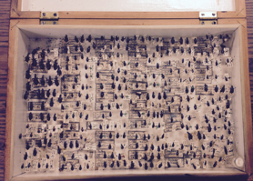Drs. John Abbott and Milt Ward were awarded an IMLS Inspire! grant for $47,575 to rehouse an historically and scientifically significant beetle collection. The proposed project will result in the rehousing of an historically and scientifically significant collection at the Alabama Museum of Natural History (ALMNH), bringing it up to modern collection standards. Additionally, the collection of beetles will be imaged and data digitized making it accessible to an international community. The Löding Beetle Collection consists of ~ 50,000 specimens […]
IMLS Inspire! Grant Award
